Cannabis Companion Planting
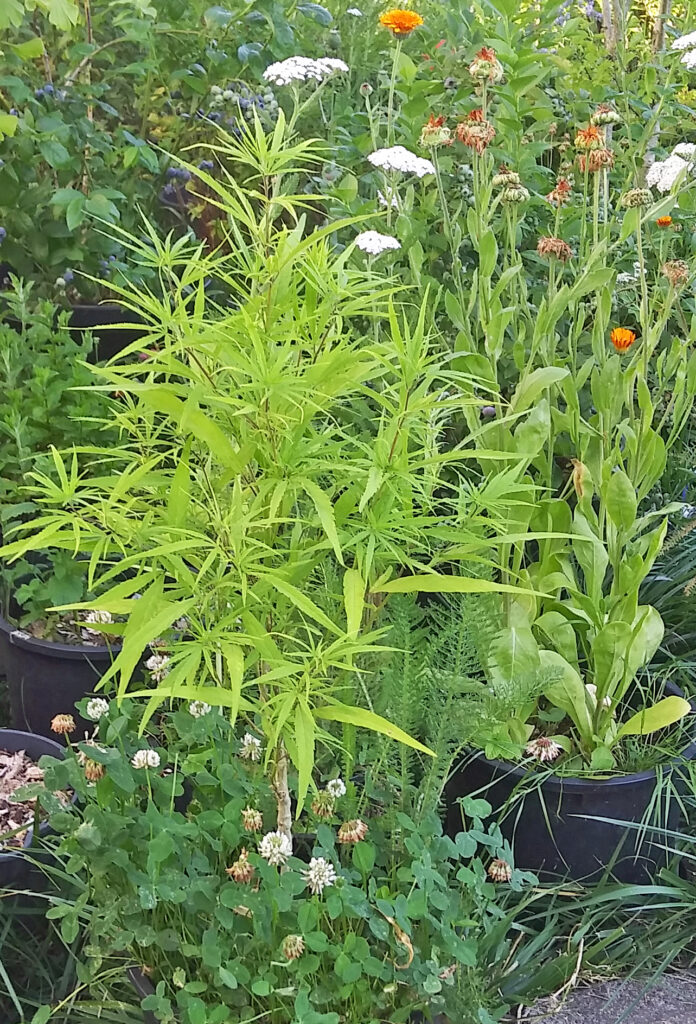
Companion planting has been used by many cultures for thousands of years. The benefits were more known to ancient cultures than they are today. While the “organic” movement is gaining momentum, the vast majority of cultivators grow cannabis as a monocultural crop, which often entails the use of toxic pesticides and plant growth boosters to maximize profit. The “more for your money” approach to growing has caused many to take short cuts and abuse the land. Our corporate dominated agricultural system is broken, and the cannabis industry should not emulate its worst features. We should be looking for a much healthier approach to growing quality cannabis. This is where cannabis companion planting comes in.
Many plants really like to hang out together and some really despise each other. Kind of like humans but plants offer support and many benefits to each other.
There are many studies showing how plants work together for mutual benefit. They also work with fungus mycelium that offers a network of live wires for plants to communicate with each other in the rhizosphere.
This blog could go in many directions with the amount of knowledge that is being discovered recently but I am going to keep this more simple.
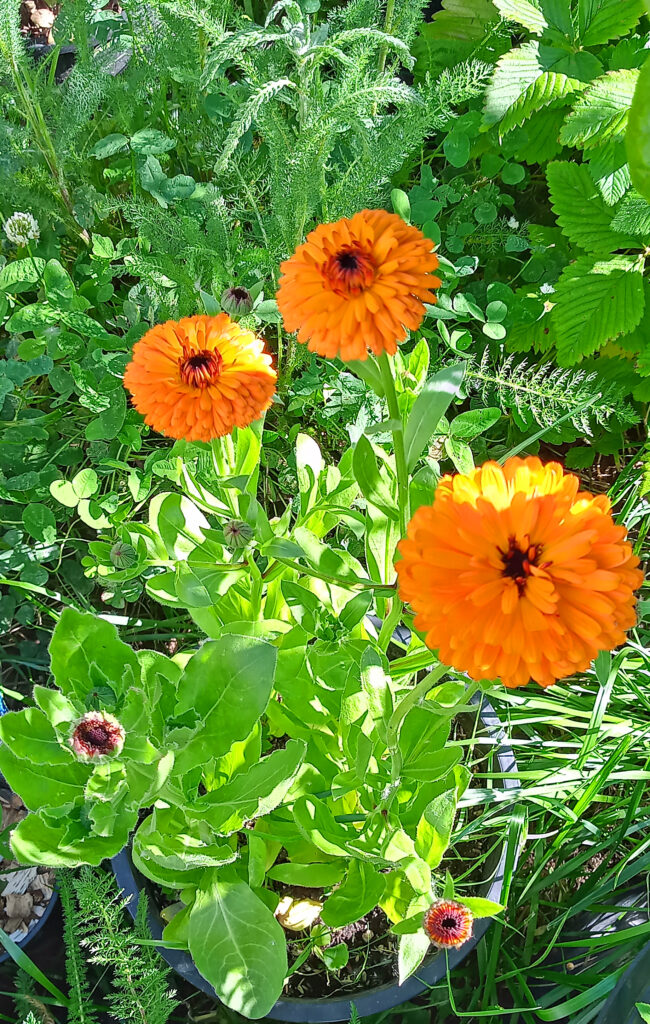
In a monoculture environment, a single type of plant is grown for production and protected by the use of chemicals. It depletes the soil and greatly reduces the variety of life, which leads to many more problems.
With companion planting, various plants are grown together in ways that promote a dynamic, flourishing ecosystem. Companion planting improves the soil’s resilience and also increases the yield and health of the plants within the garden. Companion plants can offer a wide range of benefits for cannabis from making them stronger and more resistant to stress and disease, to increasing terpene and cannabinoid production. Some will attract beneficial insects while others suck nutrients out of the air and add them to the soil. The list of benefits is seemingly endless.
It is also more important now than ever since we see what is happening with the planet and soil fertility. Birds, beneficial insects, honey bees and other pollinators simply can not survive in a monoculture system.

Companion planting with cannabis is easy to do. The toughest part may be to decide which plants to use for the benefits that you are looking for the most. Companion plants can offer benefits for indoor growers as well as outdoor. Each kind of plant has specific growing conditions and needs, so it is important to know your environment. We offer here a list of different plants and what they can possibly do when planted with cannabis.
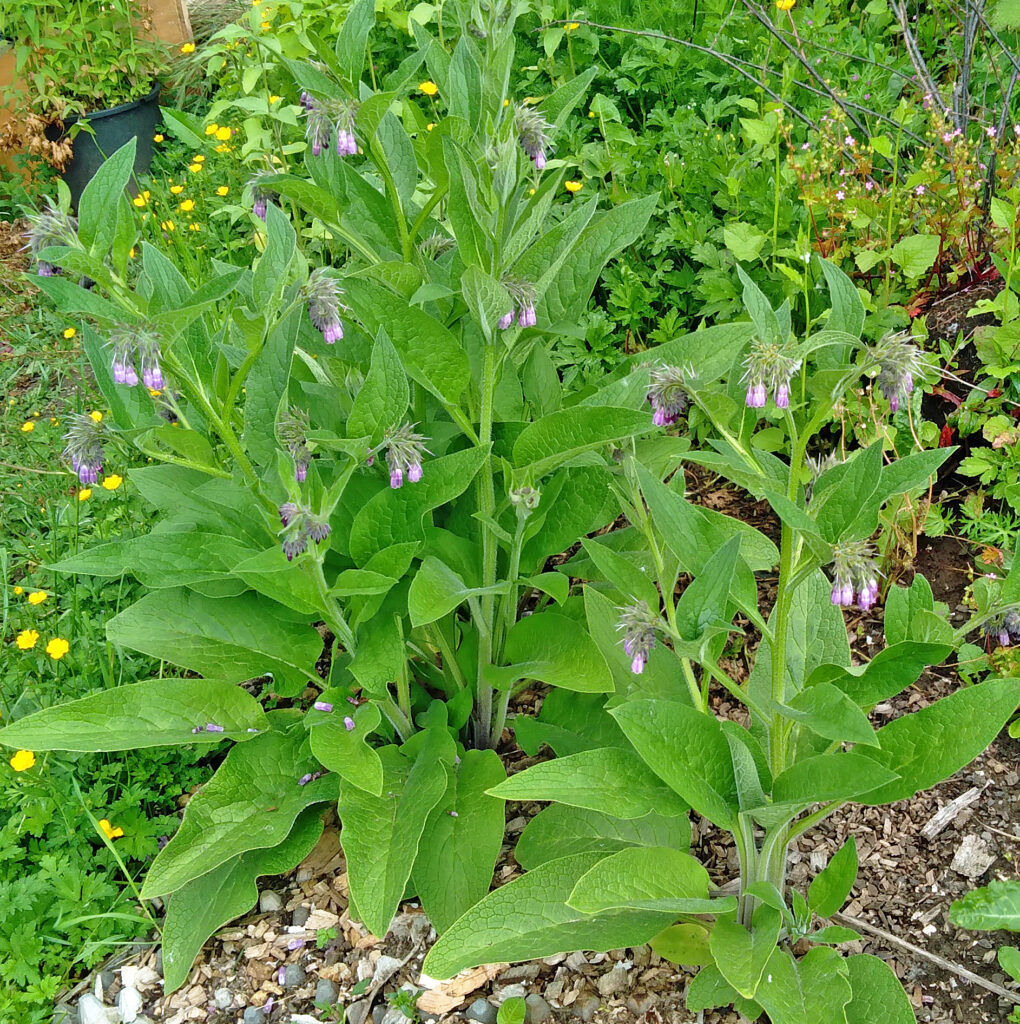
Cover Crop
Many plants offer significant benefits, functioning simultaneously as a cover crop and as a dynamic accumulator to release nutrients back into the soil when composted. As a cover crop it will help retain moisture and nutrients. Also known as “living mulch,” cover crops can be cut to ground level and allowed to compost in place, which prepares the soil for the next rotation. In addition, these plants can also be made into nutrient-rich compost teas. Many also offer medicinal properties for self healing. These can be grown in indoor or outdoor applications.
Buckwheat, Clover, Comfrey, Dandelion, Dock, Milk Thistle, Millet, Oats, Rye, Stinging Nettle
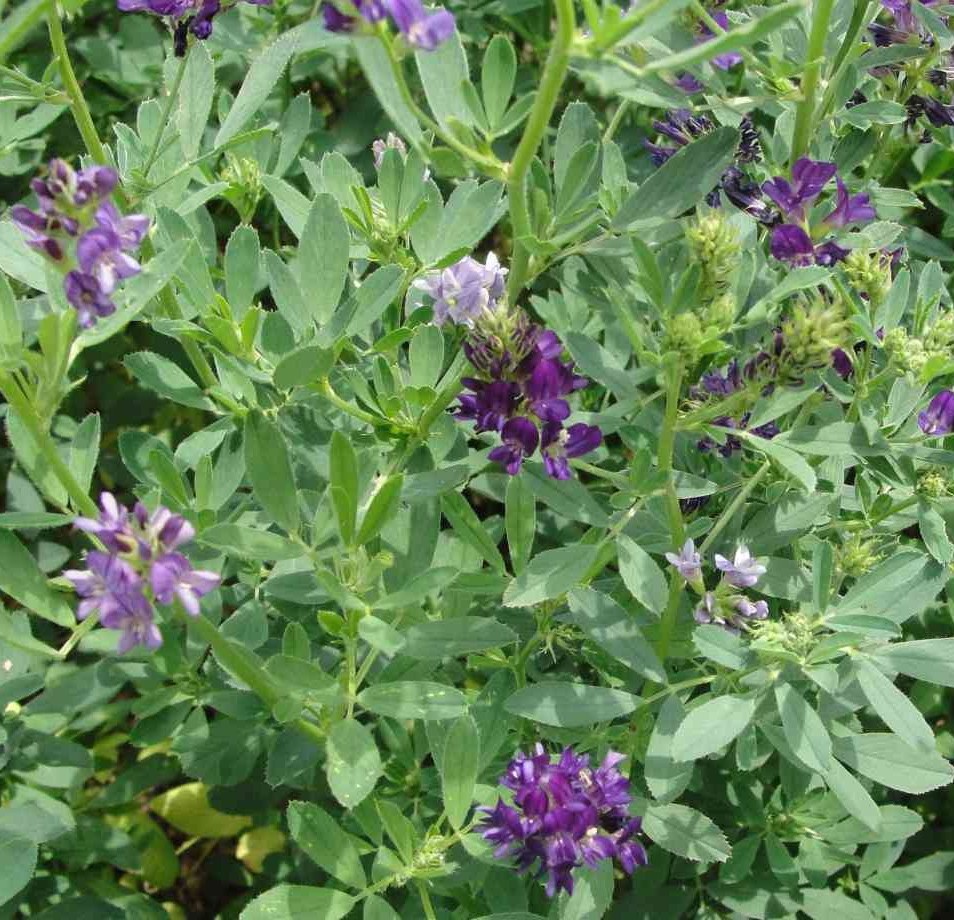
Nitrogen Fixers
Nitrogen Fixers have a symbiotic relationship with bacteria that infect their roots. They pull nitrogen from the atmosphere and transfer it into the soil in a way that benefits the surrounding plants. These are most effective at a ph above 7. With a ph less than that, they will not be of much benefit.
They offer significant benefits, functioning simultaneously as a cover crop and as a dynamic accumulator to release nutrients back into the soil when composted. As a cover crop it will help retain moisture and nutrients. Also known as “living mulch,” cover crops can be cut to ground level and allowed to compost in place, which prepares the soil for the next rotation. In addition, these plants can also be made into nutrient-rich compost teas. These can be grown in indoor or outdoor applications.
Alfalfa, Beans, Clover, Legumes, Licorice, Peas, Vetch, Yarrow
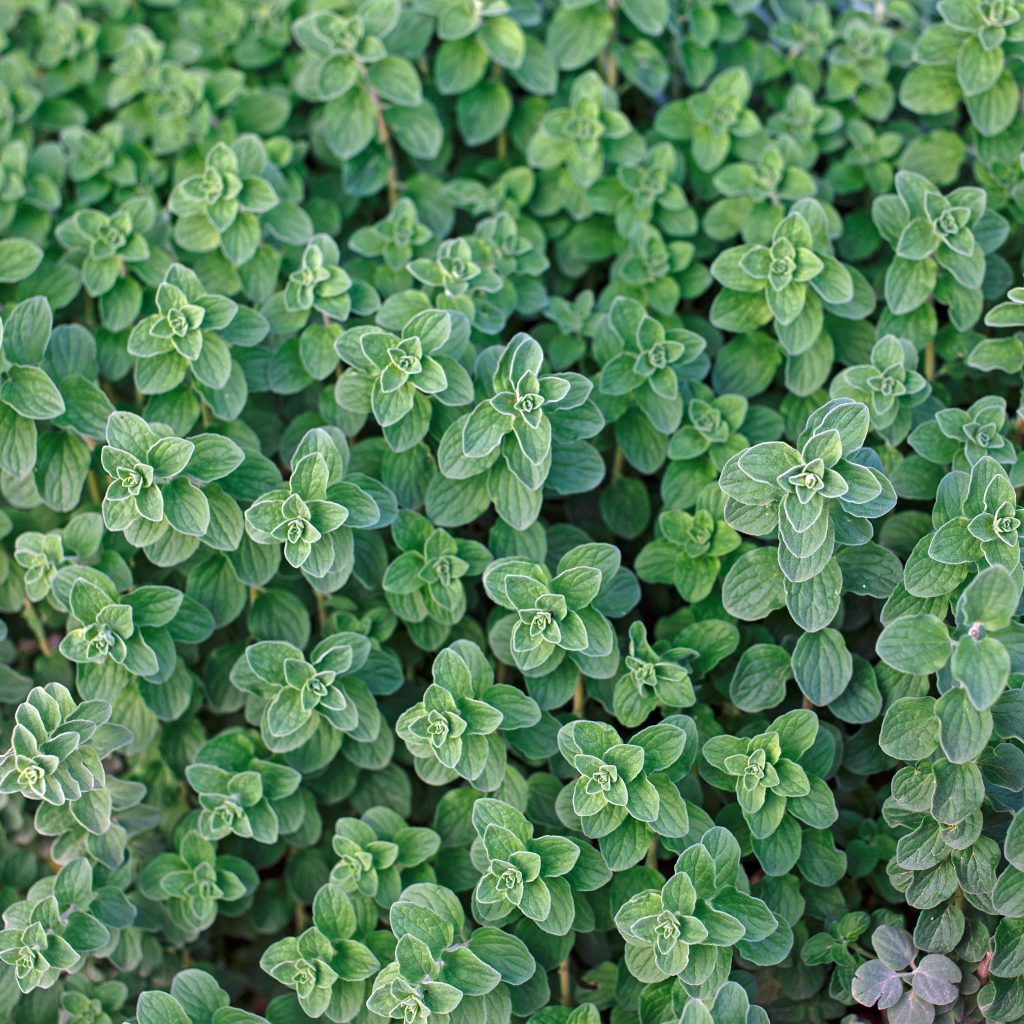
Pests
Some plants will deter pests with their strong aromatic scent while also attracting beneficial pollinators. Some will also attract beneficial insects. Since these varieties have such a strong scent, it could possibly influence terpene production. As a cover crop it will help retain moisture and nutrients. Also known as “living mulch,” cover crops can be cut to ground level and allowed to compost in place, which prepares the soil for the next rotation. In addition, these plants can also be made into nutrient-rich compost teas. Many also offer medicinal properties for self healing. These can be grown in indoor or outdoor applications.
Anise, Alyssum, Basil, Bee Balm, Borage, Calendula, Catnip, Chamomile, Chicory, Cilantro / Coriander, Cummin, Dill, Fennel, Geranium, Hyssop, Lemon Balm, Marigolds, Mint, Oregano, Passionflower, Sage
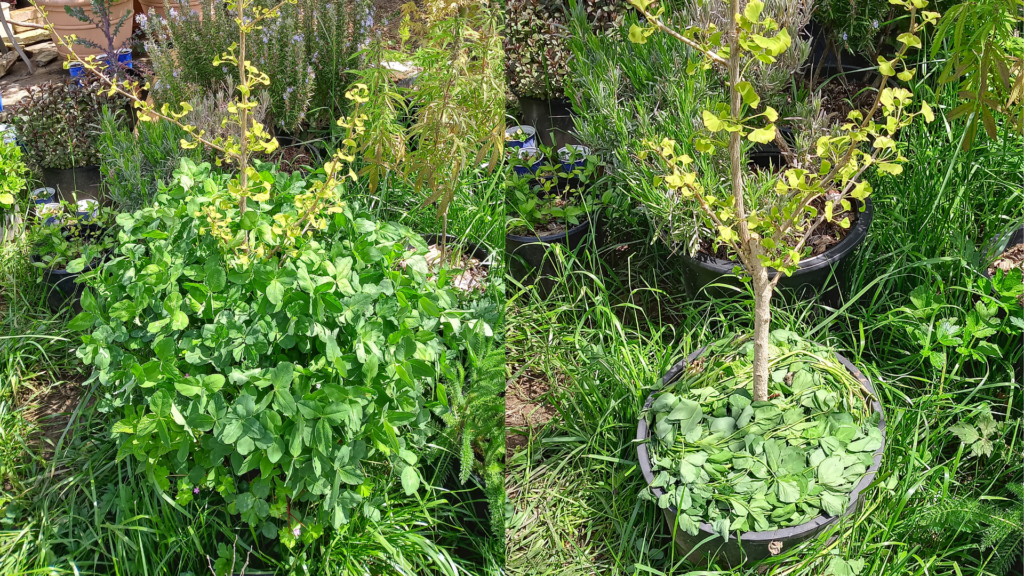
Oil Production
Some of these companions have also been shown to encourage aromatic oil production, enhancing flavor and aroma naturally when grown together. Chamomile and yarrow are both known to improve essential oil production in cannabis crops. Many other aromatic herbs are likely to do the same but science has not gotten that far yet.

That was incredibly helpful! Thank you!